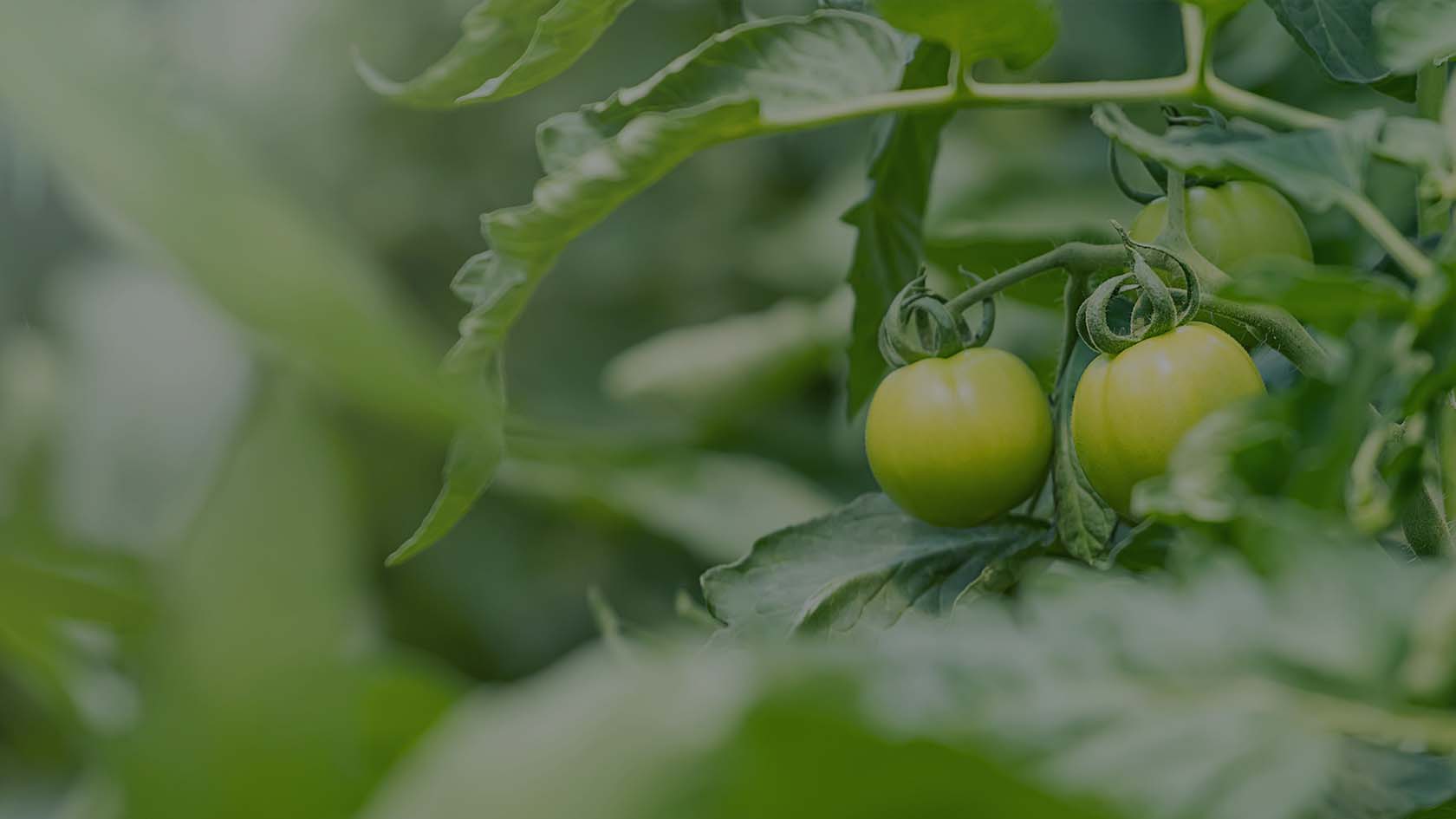Genetic Improvement of Tomato Plants Tomato is one of the crops in which biotechnology is achieving more success. There are already several genetic mapping works for characters of agronomic importance, several molecular markers developed for the assisted selection of the main genes of resistances and tolerances, transgenics that accumulate anthocyanins in the fruits, besides being one of the few species that was able to gather efforts as an international cooperation to sequence its genome.
The genetic resources of tomato plants have been thoroughly explored all over the world. In the market can be found hundreds of tomato cultivars that have significantly high climatic tolerance, and the germplasm of wild tomato species has been used in breeding programs as a source of genes for resistance to diseases and insects, tolerance to abiotic stresses and improvement of fruit quality.
WHAT IS AIMED FOR The idea of any genetic improvement program is to follow the domestication process of crops, and by working on its core, its DNA, either improve some key characteristic for the consumer or change something that will ease its management on the field. In tomato programs, the main aspects sought are increased production, resistance to pests and diseases, and improved fruit quality. The last one is associated, among other aspects, with the greater natural conservation of fruits in the post-harvest and can be obtained through the production of f1 hybrid fruits with greater firmness, associated with a better coloration. A factor of great importance in fruit conservation – and which is currently being understood as synonymous to long life by some companies – is the firmness of the fruits. However, shelf life and fruit firmness are two distinct factors and depend both on the use of mutant gene loci to slow ripening and on the genetic background that is used.
The genetic improvement work for varieties destined to industrial processing should be directed to obtain compact, productive, disease-resistant plants with uniform fruit maturation, aiming at mechanized harvesting. Thus, during the process of selection of genotypes for mechanized harvest, the simultaneous maturation of the fruits, the productive potential, the size of the branch (which should be median), the persistence of the fruits in the plant, the firmness (which allows the transport of the fruits in bulk), and the stalk retention index should be evaluated. Other characteristics inherent to cultivars intended for industrial processing, such as soluble solids content (Brix grades above 5.0), intense red staining (external and internal), thick pericarp, small peduncular insertion, absence of defects and disease resistance, should be carefully evaluated during the selection process.
Wild tomato on the left vs genetically modified tomato on the right. Photo by: Revista Pesquisa Fapesp – Lázaro Peres/Esalq
DOMESTICATION SYNDROMES As the species were being genetically modified, selected and domesticated over time to meet the demands of the market, simultaneously, these demands (and some characteristics related to them) became what we call domestication syndromes. During tomato domestication, the most important characteristic selected through the genetic improvement process was related to fruit size. Compared to wild species the current fruit is much larger. In addition, it has several different formats, and the ripening time is longer.
Fruit size is the main characteristic analyzed by most producers and consumers. During commercialization, large tomatoes get higher market prices and are the first to be chosen by consumers at the time of purchase. Another change that occurred during the tomato domestication process was the increase in weight and size of the seeds. This characteristic does not present great importance to human consumption, but on the other hand, the improvement regarding the uniformity of germination and vigor of seedlings is relevant. Compared to their wild ancestors, the seeds of the cultivated tomato are much larger. This is positively correlated with fruit weight, however, negatively with soluble solids content. That's one of the reasons smaller tomatoes are tastier.
Plant scientists go a long way improving qualities inherent to the crops but is also up to us farmers and agronomists to ensure we make the best use of it. In order to do that, a good fertilization plan is required to guarantee maximum yields. The i-Plant Nutrition team can help you with that!







